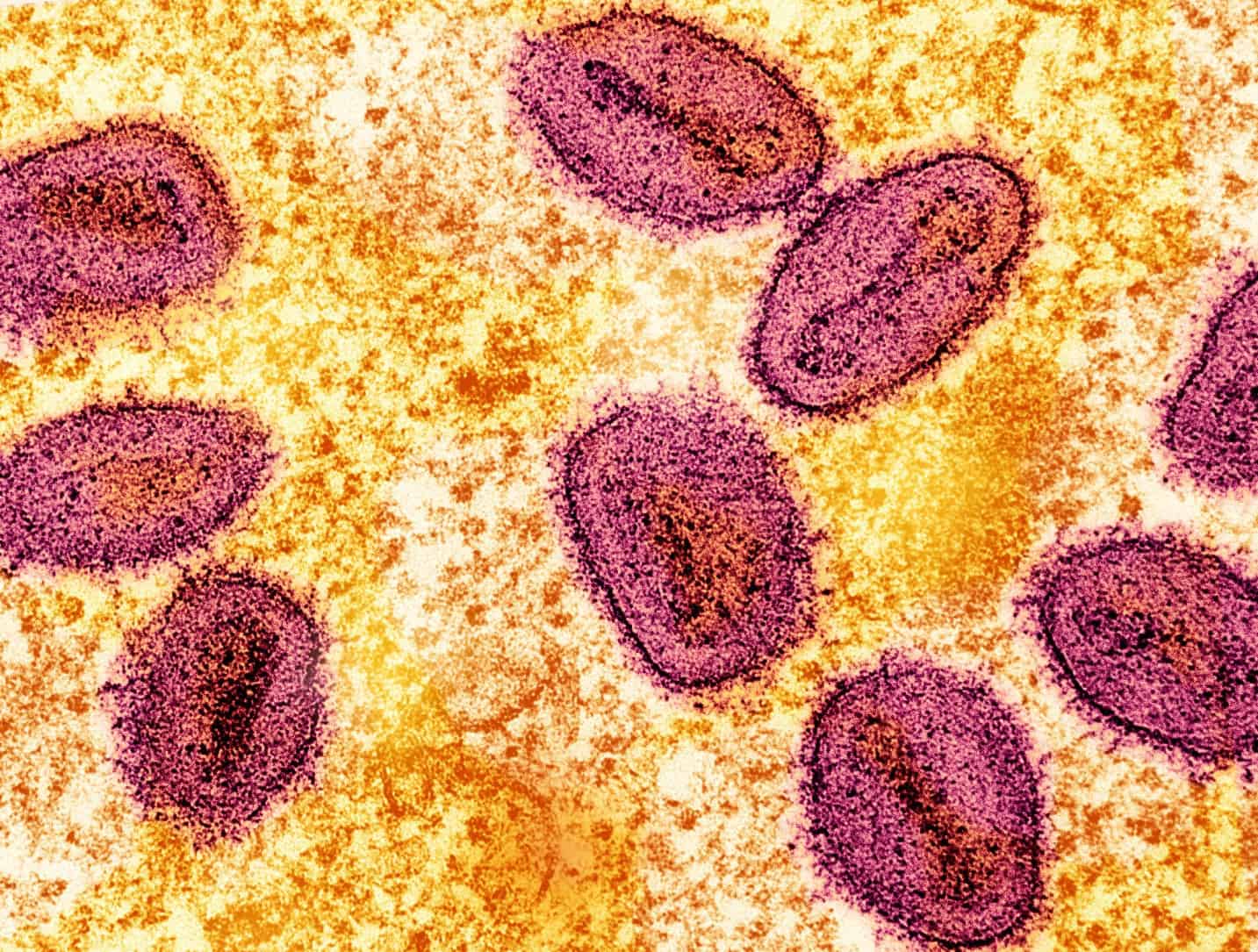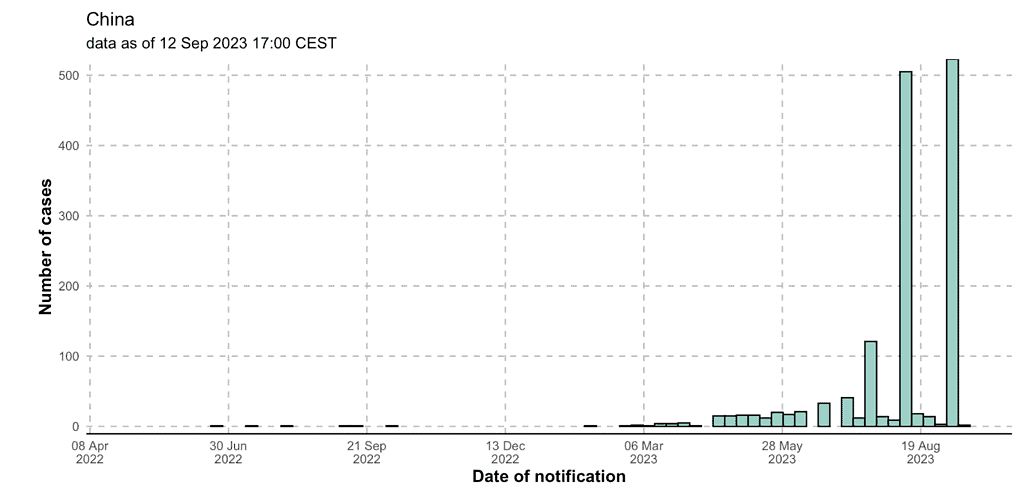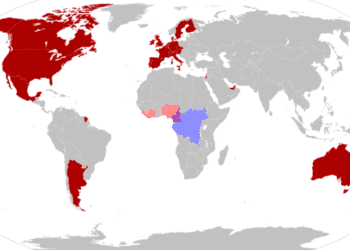China is currently experiencing the world’s fastest increase in cases of mpox, formerly known as monkeypox, according to the World Health Organization (WHO). Over 500 new cases were reported in August, as the country grapples with increased community transmission. The virus was first detected as an imported case last year.

Mpox has gained global attention since patients were identified with the virus in May 2022, in various countries without a history of sustained community transmission. Last May, the outbreak was no longer regarded as a public health emergency of international concern. However, in China, the number of cases is still increasing.
The Chinese Center for Disease Control and Prevention reported for the first time in July that the disease was spreading domestically. While the virus has been mainly found among men who have sex with men, five women also tested positive in August, the Guardian reported, which has raised concern that mpox is spreading widely.
The government is already treating the virus under the same protocols as Covid-19. Under this category, authorities can take emergency measures such as suspending work and school, sealing off areas when there’s an outbreak and restricting gatherings.
China ranks infectious diseases into three classes, from A to C, with class A being the most potentially dangerous (e.g. bubonic plague). Mpox is now B.
As well as China, other Asian countries have also seen an increase in cases, such as Japan, South Korea and Thailand. However, the scale doesn’t match the figures in China, with reported cases in 20 provinces so far. The Americas and Europe have mostly contained the outbreak, which began in the UK in the spring of 2022.
“We only see the tip of the iceberg and we’re not really sure what the true enormity of the issue is,” Peter-Chin Hong, an infectious disease specialist at the University of California, told ABC News. “Of course, mpox hasn’t gone away and we’ve seen that here. But I think it’s exemplified in places that hadn’t seen a lot of mpox before.”
Mpox risks
Mpox, a viral zoonotic disease, is caused by the mpox virus, a member of the Orthopoxvirus genus, which includes the variola virus. It causes a rash or skin lesions that are usually concentrated on the face, palms of the hands, and soles of the feet. It can spread to people when they come into physical contact with an infected animal.

Traditionally, mpox is transmitted from person to person mainly through direct or indirect contact with the rash, bodily fluids and scabs. Clothing, bedding, towels and objects like dishes and utensils that have been contaminated with the virus can infect others. The virus can also be transmitted from the placenta to a fetus during pregnancy.
There’s no specific treatment for the viral infection and most symptoms often resolve on their own without the need for treatment. BioNTech announced this week a partnership with a global coalition to support the development of mpox vaccine candidates. BioNTech would start a trial for the vaccine, based on mRNA technology. This is the same company that worked with Pfizer to produce an mRNA vaccine for the virus that causes COVID.
Tianming Zhao and Zunyou Wu, two researchers in China, published a letter in The Lancet asking for China to “learn lessons from other countries and its own” to deal with the mpox outbreak. They said the country should take further prevention measures, suggesting targeted vaccination programs for people at risk of infection.





